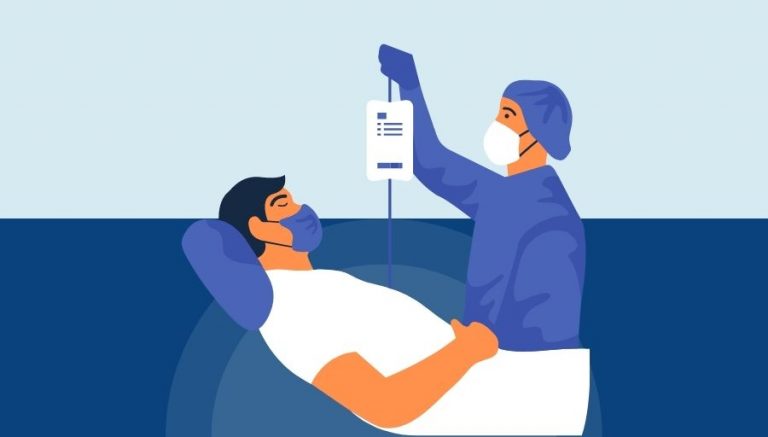How To Use CPT Code 99058
CPT 99058 describes the provision of emergency services in a healthcare provider’s office, which disrupts other scheduled office services, in addition to basic service. This article will cover the description, procedure, qualifying circumstances, appropriate usage, documentation requirements, billing guidelines, historical information, similar codes and billing examples.
1. What is CPT Code 99058?
CPT 99058 can be used to describe emergency services provided by a healthcare professional in their office during regular office hours. These services are rendered without an appointment and ahead of other scheduled patients, causing disruption to the normal office services. This code is used when a patient presents with an acute problem that demands immediate assessment and treatment.
2. Official Description
The official description of CPT code 99058 is: ‘Service(s) provided on an emergency basis in the office, which disrupts other scheduled office services, in addition to basic service.’
3. Procedure
- When a patient arrives unexpectedly with an acute problem, the healthcare provider assesses the situation and determines the need for emergency services.
- The provider fits the patient into their schedule, disrupting other scheduled office services, to provide immediate assessment and treatment.
- The provider renders the necessary services to address the patient’s emergent problem.
- The provider documents the details of the emergency service provided in the patient’s record.
4. Qualifying circumstances
CPT 99058 is used when a patient presents with an acute problem that requires immediate assessment and treatment. The patient must be seen without an appointment and ahead of other scheduled patients, causing disruption to the normal office services. The provider must document that the patient’s condition warranted emergency services and that other appointments were changed to accommodate the patient.
5. When to use CPT code 99058
CPT code 99058 should be used when a patient presents with an acute problem that demands immediate assessment and treatment, and the provider fits the patient into their schedule, disrupting other scheduled office services. This code should be reported in addition to the appropriate evaluation and management (E/M) code that describes the services rendered.
6. Documentation requirements
To support a claim for CPT 99058, the provider must document the following information:
- The patient’s acute problem that warranted emergency services
- The disruption caused to other scheduled office services
- The date and time of the emergency service
- The services rendered to address the patient’s emergent problem
- Any changes made to accommodate the patient
- Adequate documentation supporting the need for emergency services
7. Billing guidelines
When billing for CPT 99058, ensure that the patient’s condition warranted emergency services and that other appointments were changed to accommodate the patient. This code should be reported in addition to the appropriate E/M code that describes the services rendered. It is important to provide adequate documentation supporting the need for emergency services to satisfy payer requirements.
8. Historical information
CPT 99058 was added to the Current Procedural Terminology system on January 1, 1990, as a code for emergency services provided on an emergency basis in the office, which disrupts other scheduled office services. There have been no updates to the code since its addition.
9. Examples
- A patient arrives at the healthcare provider’s office with severe abdominal pain, requiring immediate assessment and treatment. The provider fits the patient into their schedule, disrupting other scheduled office services, and provides emergency services to address the patient’s acute problem.
- A patient presents with a deep laceration that requires immediate attention. The provider rearranges their schedule to accommodate the patient, disrupting other scheduled office services, and provides emergency services to treat the laceration.
- A patient experiences a sudden onset of chest pain and is brought to the healthcare provider’s office. The provider recognizes the urgency of the situation, fits the patient into their schedule, disrupting other scheduled office services, and provides emergency services to assess and manage the chest pain.
- A patient with a history of asthma has a severe asthma attack and seeks immediate medical attention. The provider adjusts their schedule to accommodate the patient, disrupting other scheduled office services, and provides emergency services to treat the asthma attack.
- A patient presents with symptoms of a possible heart attack and is rushed to the healthcare provider’s office. The provider quickly assesses the situation, rearranges their schedule to accommodate the patient, disrupting other scheduled office services, and provides emergency services to address the potential heart attack.
- A patient sustains a significant injury during a sports event and is brought to the healthcare provider’s office for immediate evaluation and treatment. The provider prioritizes the patient’s condition, fits them into their schedule, disrupting other scheduled office services, and provides emergency services to manage the injury.
- A patient experiences a sudden loss of vision and seeks immediate medical attention. The provider recognizes the urgency of the situation, adjusts their schedule to accommodate the patient, disrupting other scheduled office services, and provides emergency services to assess and manage the vision loss.
- A patient presents with a severe allergic reaction and requires immediate intervention. The provider rearranges their schedule to accommodate the patient, disrupting other scheduled office services, and provides emergency services to address the allergic reaction.
- A patient sustains a deep cut while cooking and seeks immediate medical attention. The provider recognizes the need for urgent care, fits the patient into their schedule, disrupting other scheduled office services, and provides emergency services to treat the wound.
- A patient experiences a sudden onset of severe headache and seeks immediate medical attention. The provider adjusts their schedule to accommodate the patient, disrupting other scheduled office services, and provides emergency services to assess and manage the headache.


